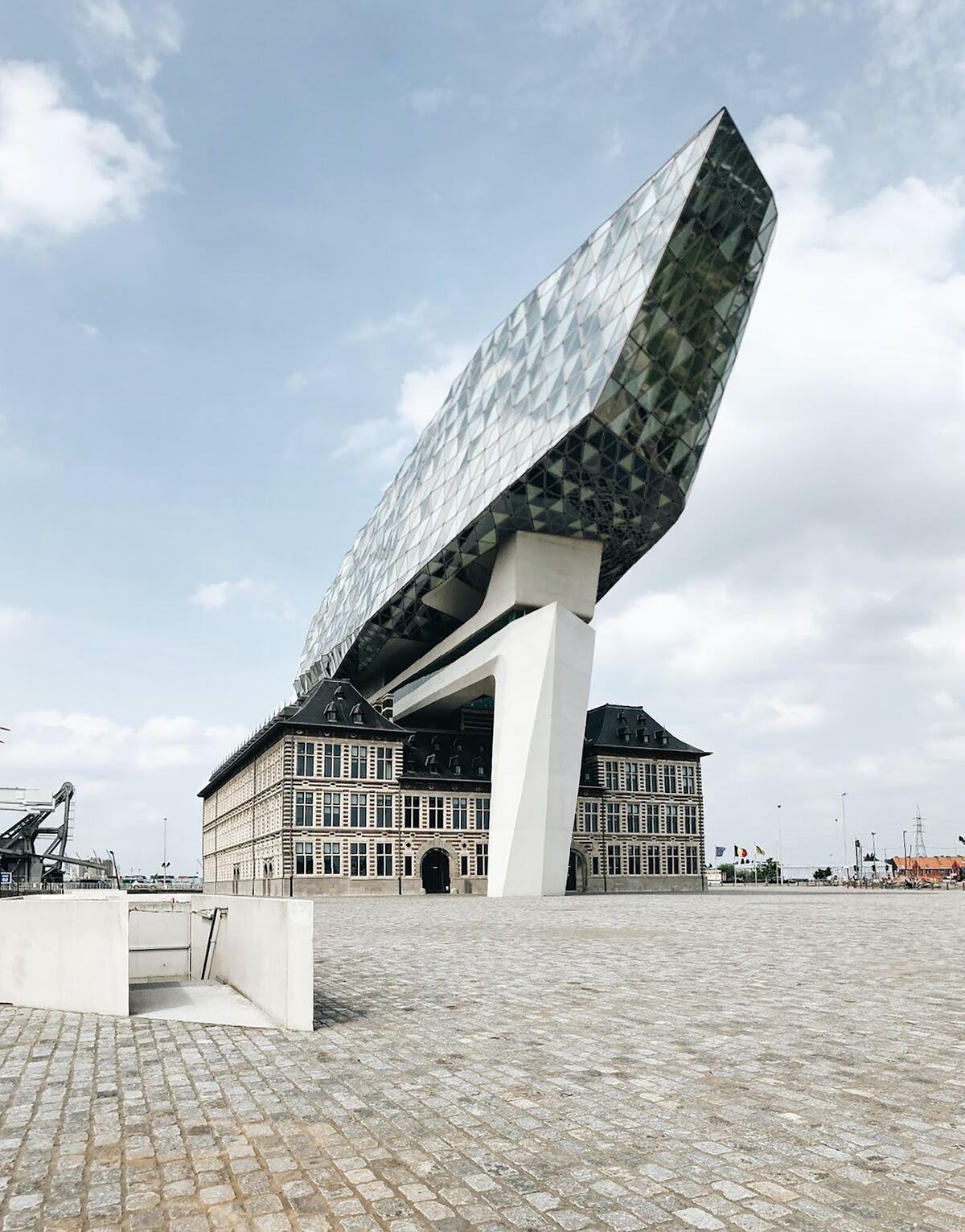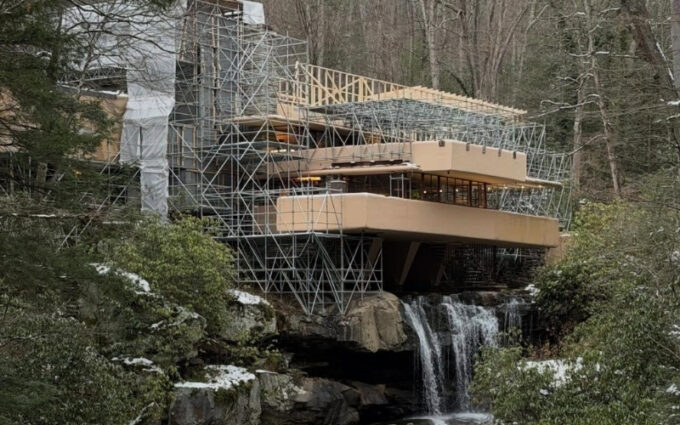- Home
- Articles
- Architectural Portfolio
- Architectral Presentation
- Inspirational Stories
- Architecture News
- Visualization
- BIM Industry
- Facade Design
- Parametric Design
- Career
- Landscape Architecture
- Construction
- Artificial Intelligence
- Sketching
- Design Softwares
- Diagrams
- Writing
- Architectural Tips
- Sustainability
- Courses
- Concept
- Technology
- History & Heritage
- Future of Architecture
- Guides & How-To
- Art & Culture
- Projects
- Interior Design
- Competitions
- Jobs
- Store
- Tools
- More
- Home
- Articles
- Architectural Portfolio
- Architectral Presentation
- Inspirational Stories
- Architecture News
- Visualization
- BIM Industry
- Facade Design
- Parametric Design
- Career
- Landscape Architecture
- Construction
- Artificial Intelligence
- Sketching
- Design Softwares
- Diagrams
- Writing
- Architectural Tips
- Sustainability
- Courses
- Concept
- Technology
- History & Heritage
- Future of Architecture
- Guides & How-To
- Art & Culture
- Projects
- Interior Design
- Competitions
- Jobs
- Store
- Tools
- More
User-Friendly Architectural Software Trends

The world of architectural design is constantly evolving, and with it, the tools used by architects and designers. With the rise of technology and the demands of a fast-paced world, user-friendly architectural software has become a must-have for professionals and hobbyists alike. Let’s dive into the trends that are shaping this landscape.
- Intuitive User Interfaces (UI)
- Simplified Dashboards: Modern architectural software now boasts cleaner interfaces with straightforward toolbars, removing clutter and making the design process smoother.
- Drag-and-drop Features: The ability to drag elements and features into a design without getting into complex commands has increased software accessibility.
- Contextual Tooltips: Hovering over tools or buttons to get a brief explanation of their function makes the software less intimidating for newcomers.
- Immersive Virtual Reality (VR) Integration
- VR is no longer just for gamers. Architects now use VR to offer immersive walkthroughs, allowing clients to “experience” a space before it’s built. This gives them an immediate sense of scale, proportion, and spatial relationships.
- Adjustments and changes can be made in real-time, ensuring that the client’s vision and the architect’s design align perfectly.
- Cloud-Based Collaborations
- Real-time collaboration tools, much like Google Docs for design, allow multiple users to work on a project simultaneously, from anywhere in the world.
- This feature is crucial in an increasingly globalized world where teams might be spread out across continents.

Credit: Dynamo: The Secret to Working Smarter and Making Your Life Easier | ArchDaily
- AI-Powered Design Assistance
- Advanced software now offers AI-driven suggestions, making the design process faster and more efficient.
- Predictive design analytics can suggest optimal solutions based on historical data, ensuring that the design is not only aesthetically pleasing but also functional and efficient.
- Enhanced 3D Printing Integration
- With 3D printing becoming more commonplace, architectural software now often includes features to optimize designs for 3D printing, bridging the gap between digital design and physical model creation.
- Modular Design Libraries
- Pre-designed modules, from room layouts to furniture pieces, allow for rapid prototyping of ideas. This not only speeds up the design process but also ensures industry-standard quality and specifications.
- User-generated content and shared libraries are expanding the available resources for architects exponentially.
- Responsive Design Tools
- With the challenges of climate change and the unique requirements of various environments, responsive design tools are becoming increasingly essential. These tools allow architects to simulate different environmental conditions to ensure that their designs are sustainable and efficient.

Credit: Dynamo Bridge Layout to Revit Structural Elements – YouTube
- With the challenges of climate change and the unique requirements of various environments, responsive design tools are becoming increasingly essential. These tools allow architects to simulate different environmental conditions to ensure that their designs are sustainable and efficient.
- Mobile-Friendly Applications
- As the world becomes more mobile, architectural software is following suit. Apps for tablets and smartphones make it possible to design, edit, or review projects on-the-go, breaking the chains of the traditional studio setup.
- Augmented Reality (AR) Previews
- Through AR, clients can see how a design might look in a real-world setting, overlaying digital models onto existing physical spaces using smartphones or AR glasses.
- Continuous Learning and Tutorials
- Integrated tutorials and learning modules within the software ensure that users can easily familiarize themselves with new features and tools. This reduces the learning curve and ensures that designers can make the most out of the software’s capabilities.
Twinmotion: Acquired by Epic Games (the creators of the Unreal Engine), this tool offers real-time visualization, 3D immersion, and VR exploration.
Dynamo: It’s a visual programming tool that integrates with Revit, allowing architects and designers to automate tasks and model parametrically.
Bluebeam Revu: This software focuses on PDF creation, editing, markup, and collaboration, specially tailored for architects, engineers, and construction professionals.
ARCHICAD: Graphisoft’s BIM solution competes with Revit and has a loyal user base. It is known for its performance and integrated design approach.
Enscape: This is a real-time visualization tool that integrates with software like Revit, SketchUp, and Rhino. It allows users to quickly create walkthroughs and renderings without a steep learning curve.
In conclusion, the architectural software landscape is undergoing a profound transformation, making the design process more intuitive, collaborative, and in tune with today’s technological advancements. These trends not only cater to the seasoned architect but also to the budding designer, making architectural creation a more democratic and accessible endeavor.

Submit your architectural projects
Follow these steps for submission your project. Submission FormLatest Posts
10 Best Architecture Tools of 2026: Programs, AI, and iPad Apps
A comprehensive guide to the most influential architecture tools and AI platforms...
Best Architectural Software for Students in 2025
In 2025, digital tools aren’t just convenient — they’re essential to learning,...
Beginner’s Guide to Arcadium 3D: Your First Room Design in 5 Easy Steps
Designing a room used to mean wrestling with tape measures, mood boards,...
Architectural Design Software Tools for Student Design
Many architecture students want fast ways to explore ideas. Some of them...












Leave a comment